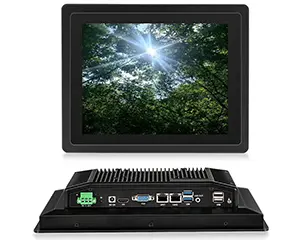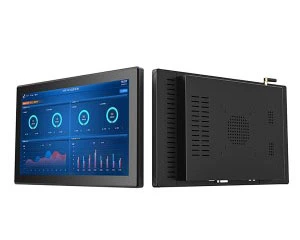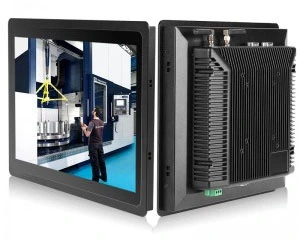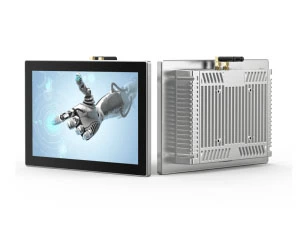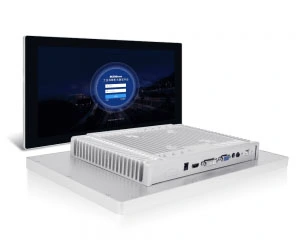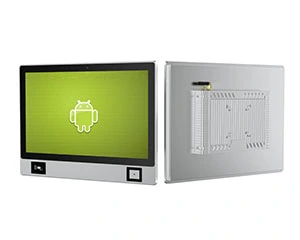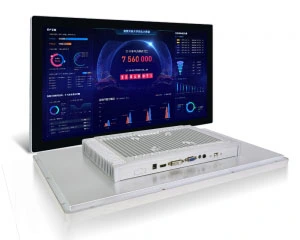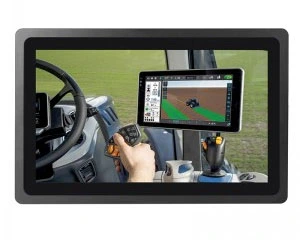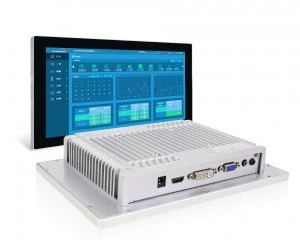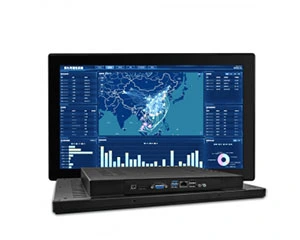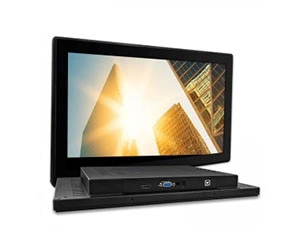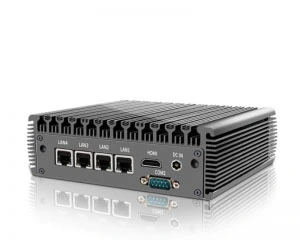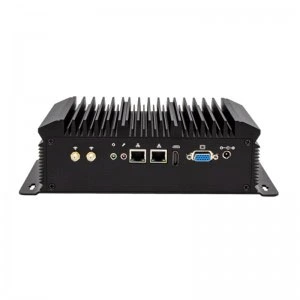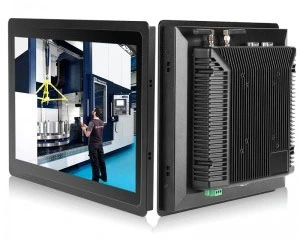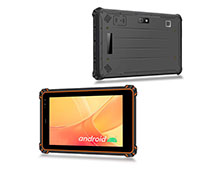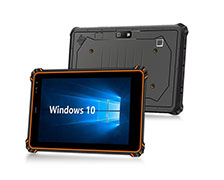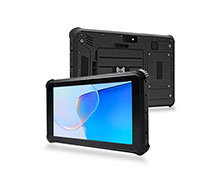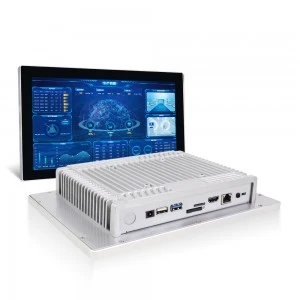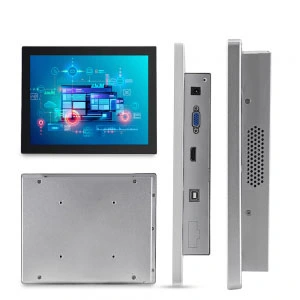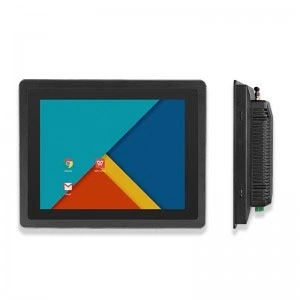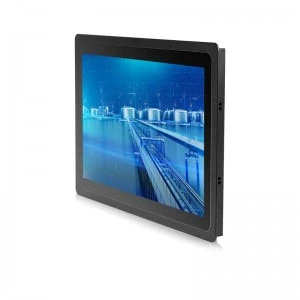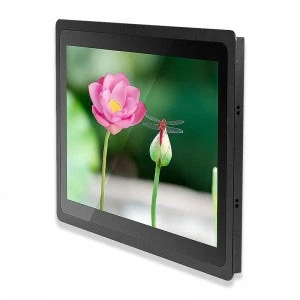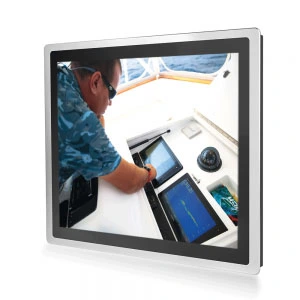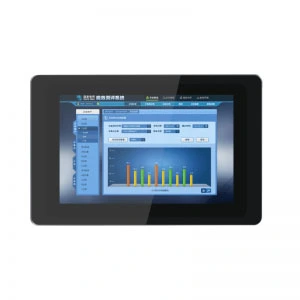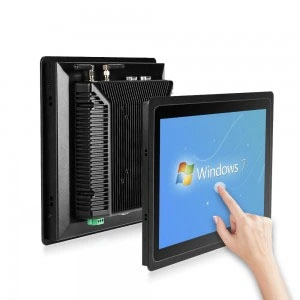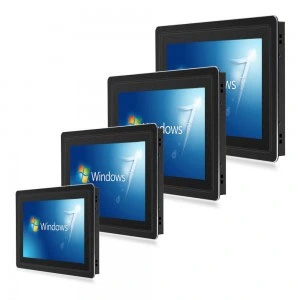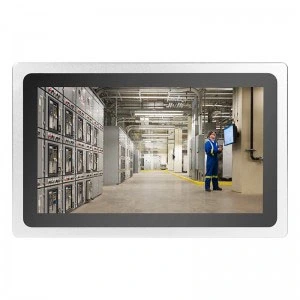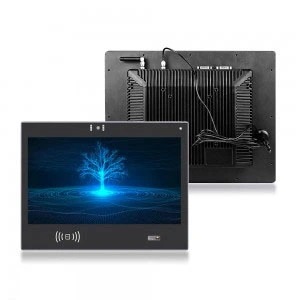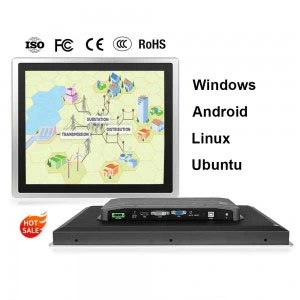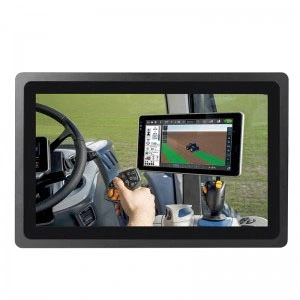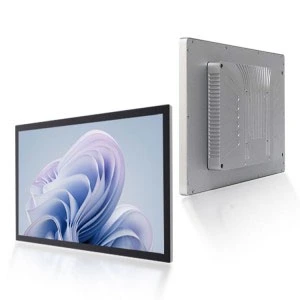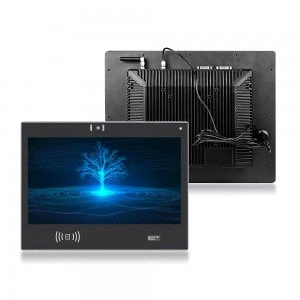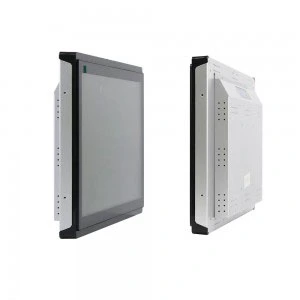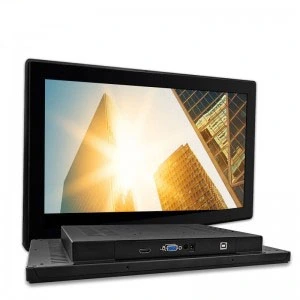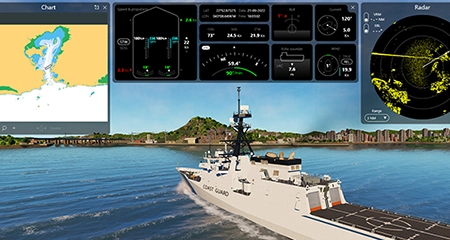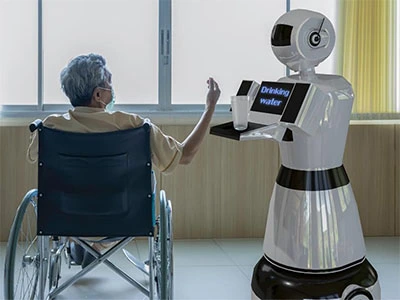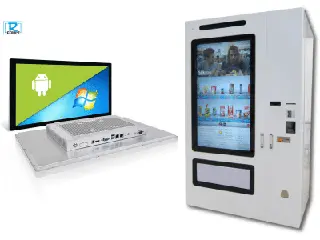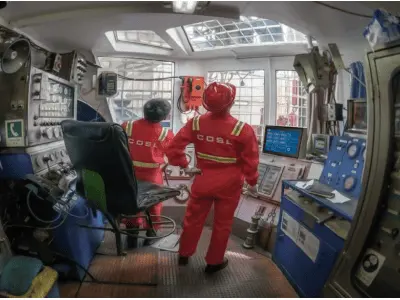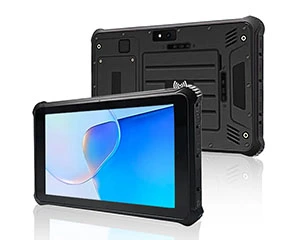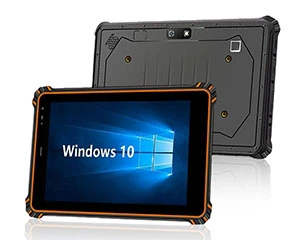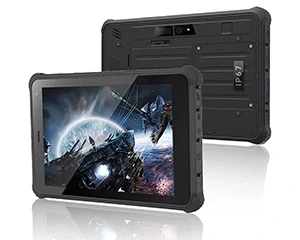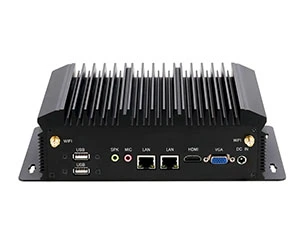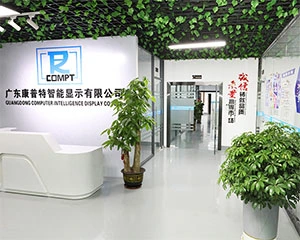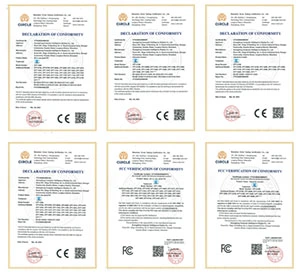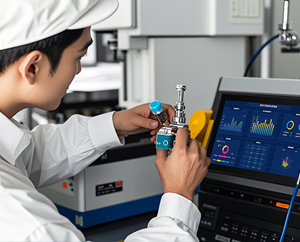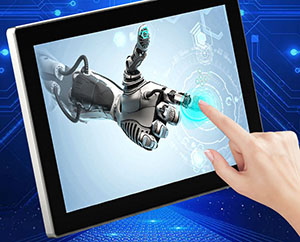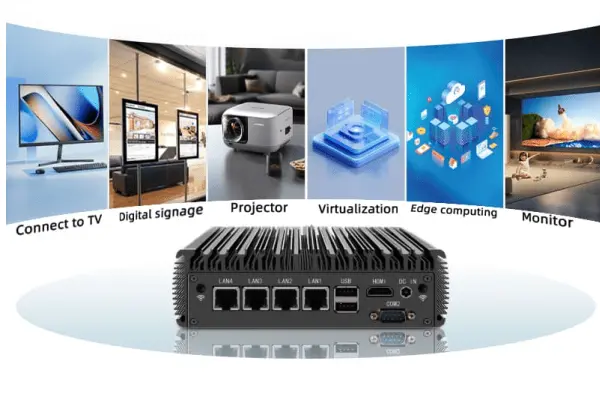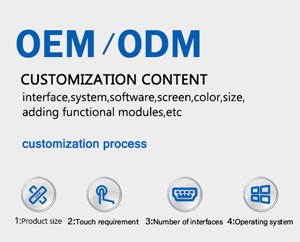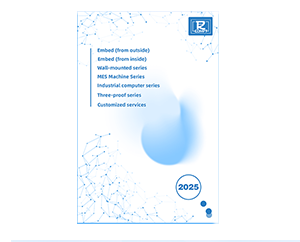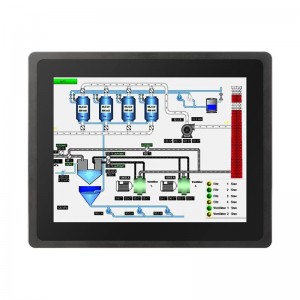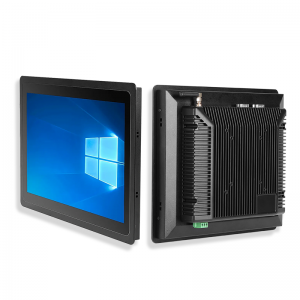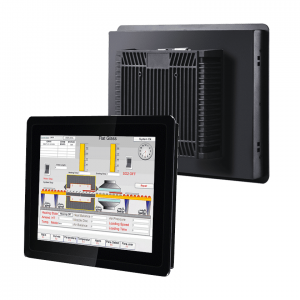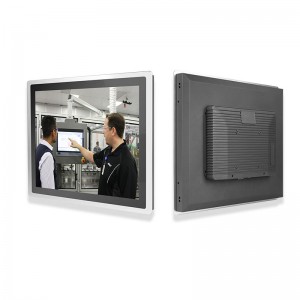Embedded IPCs usually use a variety of cooling technologies to maintain their normal operating temperature.
Different types of embedded IPCs use different cooling technologies to solve the cooling problem to ensure that the equipment can run stably for a long time and ensure the security of data.
The following are several common cooling methods.
Fan cooling: Embedded PCs are usually installed with one or more fans to increase air flow to help dissipate heat. Fan cooling can usually quickly peak low system temperature, and the purpose is relatively simple and economical. However, fan cooling is also noisy, easy to damage and other problems.
Heat sink cooling: Heat sink is a metal product that can effectively increase the heat sink area to help dissipate heat. Embedded industrial control machines usually install heat sinks on PU or other high-temperature components to increase the heat dissipation area. Heatsink cooling is usually relatively simple to use, but the cooling effect is relatively poor.

3. Heat pipe cooling: Heat pipe is an efficient method of heat dissipation by using the phase change process of liquefaction and vaporization of liquid) to
transfer heat so that heat can be quickly transferred to the heat sink to achieve heat.
Embedded IPCs are usually fitted with heat pipes on high-temperature components to improve heat dissipation efficiency.
Heat pipe cooling is relatively more complex and expensive, but the cooling effect is relatively good
4, watercooled cooling: watercooled cooling is an efficient method of heat dissipation, through the use of water coolers and pumps and other equipment,
so that the cooling water circulation flow, thereby taking the heat away. Embedded industrial control machines usually install water-cooled heat sinks on high-temperature components to improve cooling efficiency. Water-cooled heat dissipation is relatively more complex and expensive, but the cooling effect is relatively good
In short, embedded industrial machines can solve the heat dissipation problem by using different heat dissipation methods to ensure the stability and reliability of the system.
The specific choice of heat dissipation method requires comprehensive consideration based on the actual application environment, usage conditions and cost.

Penny
Web Content Writer
4 years of experience
This article is edited by Penny, the website content writer of COMPT, who has 4 years working experience in the industrial PCs industry and often discusses with colleagues in R&D, marketing and production departments about the professional knowledge and application of industrial controllers, and has a deep understanding of the industry and products.
Please feel free to contact me to discuss more about industrial controllers. sales@gdcompt.com

